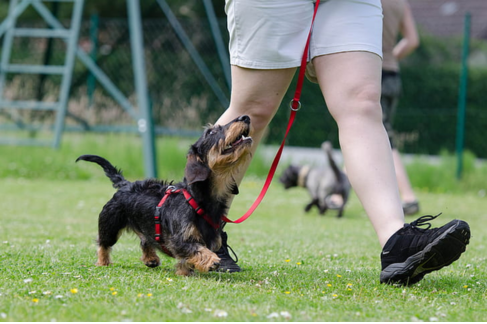Doing a podcast or video can be tricky. Not every person has a natural talent for doing so. Even those who are used to speaking in front of the audience, get a chill down their spine. After all, we are not used to conversing with inanimate objects, apart from ranting at your computer. This is where video presence coaching and training plays an important role. They make sure to teach you some tips and tricks before you appear in front of the camera.
These tricks help you look natural and confident. It is for sure you will not get it right at the first go. Considering nowadays, businesses have their offices overseas as well, presentations through video have become a common practice. Video coaching is a part of presentation skills training course too. But with practice and patience, you can become fluent in front of the camera in no time. Some of the tips are –
1) Body language: You need to have moderation in everything. This is particularly true on how you use your body language while speaking on camera. Avoid talking with your hands in your pocket or glued to your side. No one wants the person to stand rigidly. Also, do not flail. Keep your hand movements minimal. The head movement also matters and should be small. This holds if the shot is a close-up. You do not want your head to keep wagging out of the frame.
2) Breathe and relax: It is self-explanatory. Do not worry. With correct practice, this will come easier. Before speaking at the camera, pause and take some time to compose yourself. You do not have any to tell you to take some time off to get your thoughts together. Importantly, do not hold your breath.
3) Pace yourself: After you have spent enough time keeping your breath under control, this becomes easier. Many times, a casual conversational attitude might be normal for the video. However, the conversational speed is not. Speak a little slower and make sure you do not stumble.
4) Tonality: Many times, a video calls for a formal tone, but it should not be monotone. Put some energy into your speech. A happy conversational tone works well.
5) Smile: You need to look friendly on the camera but not too much. Avoid grinning ear to ear and do not bare your teeth at the camera. Be comfortable and relax. It will improve your video to no end. Video presence coaching and training ask you to treat the camera as your friend or a member of the target audience. This way, you can put up a human face.
6) Blink: This is evident, but do not overdo it. You do not want to start crying halfway through your video. Plus, you do not want your eyes to look red.
7) Know your content: The last part of looking prim and proper in front of the camera is knowing what you are speaking. Once you are aware of your message, being comfortable and confident happens automatically. You also tend to be less nervous. Of course, you need not by heart the script but practice them in the form bullet points. This especially holds for presentations. Presentation skills training course imparts the same knowledge.



